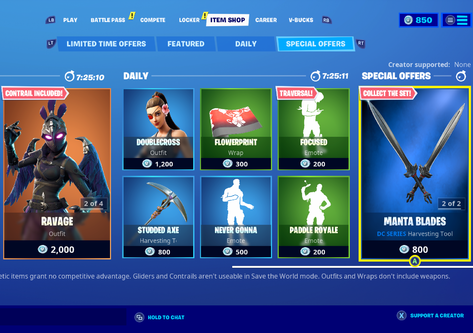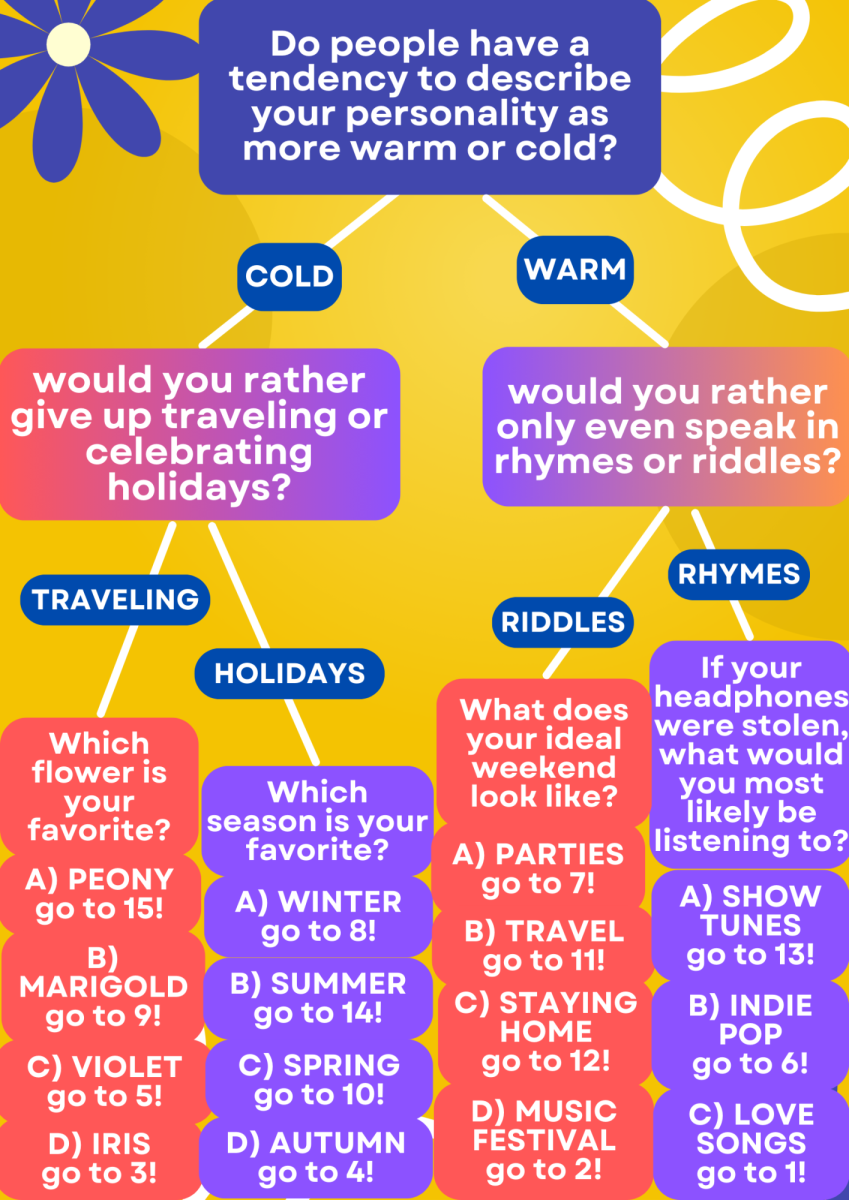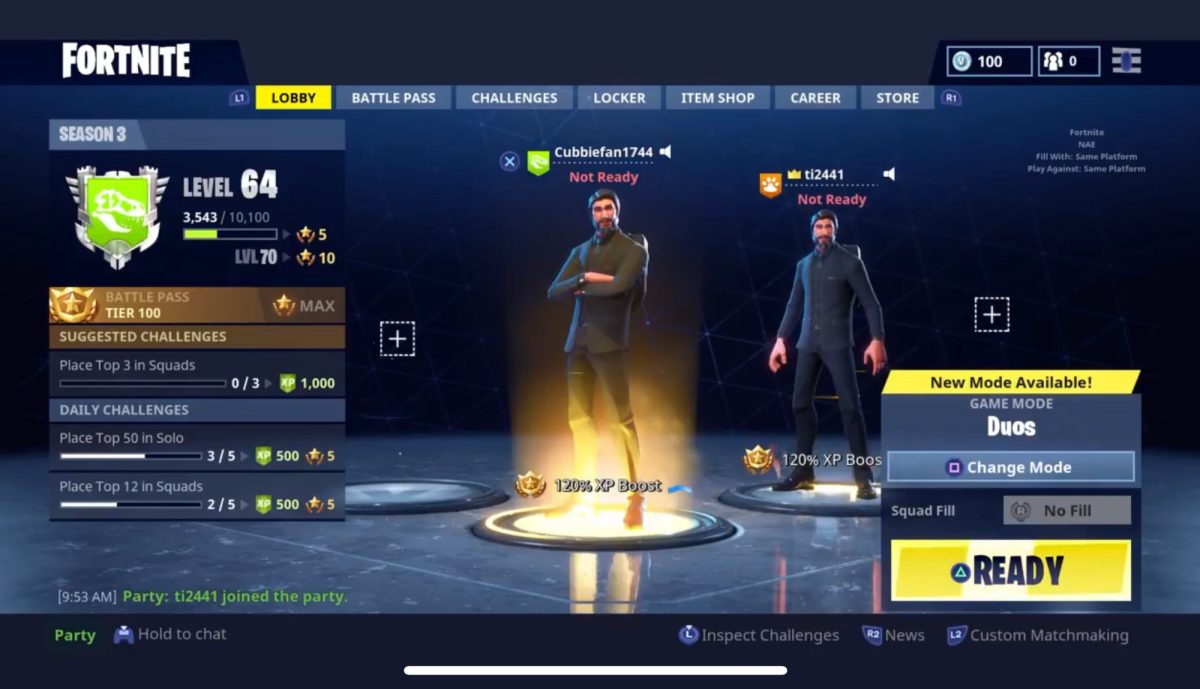In-game payments are now one of the most common ways video game companies make money. Instead of only selling a game, companies offer downloadable content, cosmetic skins, virtual currency, subscription services, and more. According to Xsolla, a major video game business service, reports show this market is still growing, with gaming subscriptions expected to grow by 40 percent by 2027. While companies see in-game payments as the future, players have mixed feelings about spending money inside video games.
Avid gamers at West Ottawa High School Srs. Christopher Mendoza, Kaiden Mobley, and Makai Sounthonethip all share divided thoughts on these types of payments. Their answers prove that while payments can be simple and bring moments of joy, they also bring up concerns about fairness and how easy it is to overspend. When it came down to how often they make payments, all three said they don’t spend very much. Mobley states, “I don’t make payments in video games anymore,” Mendoza says, “Not very often, only if I want to get a good item or a skin in game,” and lastly Sounthonethip states, “Not often.”
The things that players purchase often match what companies push out the hardest, which tend to be cosmetic items, downloadable content, and passes. Cosmetic items are particularly popular because they change how the game looks without changing its gameplay. Once purchases start giving players advantages in gameplay, the question of fairness comes up. Gamers admitted that they like passes because they come with good rewards, but some feel this leans towards pay-to-win gameplay, which many casual gamers don’t like.

One of the biggest points between the three gamers is how easy it is to make payments. In today’s generation, making payments in video games only takes a few seconds to minutes with a debit card or gift card. The process of making payments was described as very easy to perform, which is a problem in itself because that leads to overspending. Because of how easy it is to make payments, people are tempted to buy more since it’s a very quick process. Mendoza backs up this claim, stating, “It’s easy but that makes it difficult because it leads to even more spending than I really should be,” as well as Sounthonethip stating, “I’m easy to convince to spend money.” Companies can get people to easily spend when the system for it is designed to be seamless.
Fairness is another big issue players think about. Games keep their payment systems fair and straightforward, but some pointed out that developers can overcharge or be greedy. One of the players even stated, “I felt broke after overspending.” Pay-to-win payment models stood out as especially frustrating. Mobley explained, “I don’t like pay-to-win games because they seem unfair,” which captures a view many gamers share.
Despite all of these problems, video game players also said they feel safe using the payment systems. “It’s easy and safe,” one of the gamers explained. Xsolla explains that the feeling of security is a big reason why people are more inclined to spend their money in games, which helps explain why these systems of payment are still so successful.
Looking toward the future, Xsolla predicts companies are going to continue to expand payments in their games with new methods and features such as subscriptions, user-created content, and even regional payment systems. But what’s still necessary is balance. Players have made it clear that they want to buy things they enjoy, not something they feel pressured or forced to buy so they can compete in games. In the end, in-game payments will only work if companies keep things fair and give players freedom of choice without making them feel pressured to spend.








